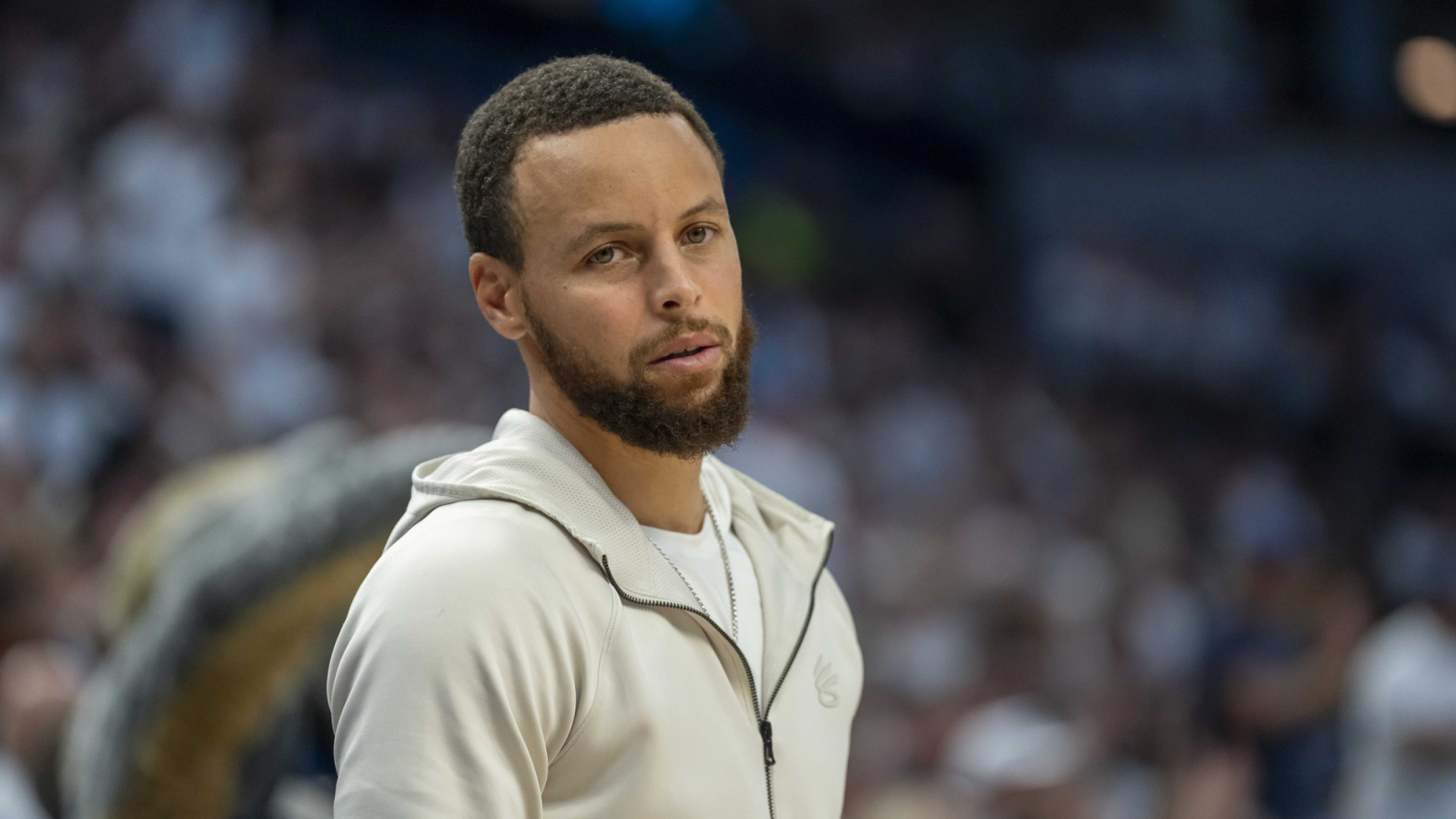Stephen Curry, the Golden State Warriors’ iconic star, transcends mere athletic prowess, embodying a divine influence for the city of San Francisco and the wider Bay Area. While not always listed among the NBA’s all-time elite by some, his impact on the region and the sport is undeniably monumental, forging a legacy that extends far beyond the hardwood.
Drafted by the Warriors in 2009, Curry has dedicated sixteen seasons to the franchise, playing over a thousand games and spearheading their historic run to four NBA championships. Individually, his career averages of 24.7 points, 6.4 assists, and 4.7 rebounds per game underscore his consistent elite performance, cementing his status as a true Golden State Warriors legend.
Despite approaching his late thirties, speculation about Stephen Curry’s career longevity remains a significant topic among basketball enthusiasts. ESPN’s Marc J. Spears, a seasoned NBA insider, recently offered an optimistic outlook, suggesting that the perennial All-Star possesses the unique attributes and dedication to potentially compete at an elite level well into his forties, further extending his remarkable Bay Area influence.
Spears, reflecting on his own career and Curry’s ascent, recalled the early skepticism surrounding the young guard. He highlighted the era of “bad-ankle Steph,” a period when many fans, even within the Golden State Warriors faithful, might have favored trading Curry over more established players like Monta Ellis, illustrating the then-downtrodden nature of the franchise and its yearning for individual scoring over team success.
However, once Curry, alongside fellow “Splash Brothers” Klay Thompson and Draymond Green, truly ignited, their collective brilliance had a transformative “Curry effect” on the Bay. Spears eloquently noted that while he admired past Bay Area sports icons like Joe Montana and Jerry Rice, Stephen Curry uniquely “united the Bay,” transcending traditional fan loyalties and creating an unprecedented communal passion for basketball.
The cultural shift was profound and palpable throughout the region. Spears recounted vivid anecdotes, such as elderly women embracing basketball and proudly donning number “30” jerseys, and local restaurants, initially resistant to televisions, installing screens to cater to the overwhelming demand to watch Golden State Warriors games, a testament to the inescapable “Curry effect.”
Curry’s influence even resonated deeply within diverse communities, earning him genuine respect and “cred in the hood of Oakland.” His accessible nature, exemplified by his occasional participation in local pickup games and community events, further solidified his connection with the Bay Area populace, distinguishing him as more than just a basketball star but a true cultural figure.
Amidst his ongoing legacy, recent NBA insider reports by Marc Stein have ignited speculative discussions regarding the improbable prospect of LeBron James potentially joining the Golden State Warriors for the twilight of his career. While the notion of a Stephen Curry and LeBron James pairing is tantalizing for basketball fans, Stein’s analysis underscores the monumental logistical and contractual hurdles that make such a move highly unlikely, acknowledging it remains a distant “what if” scenario.
Indeed, the practicalities of a LeBron James trade, including his existing no-trade clause, the Lakers’ reluctance to part with him, and the Warriors’ limited movable assets, present formidable obstacles. Despite the captivating fantasy of these two basketball legends uniting for a final championship push, the financial complexities and the deeply rooted personal ties of James to Los Angeles render this prospect more of a compelling narrative curiosity than a genuine, impending reality for the Golden State Warriors.






Leave a Reply